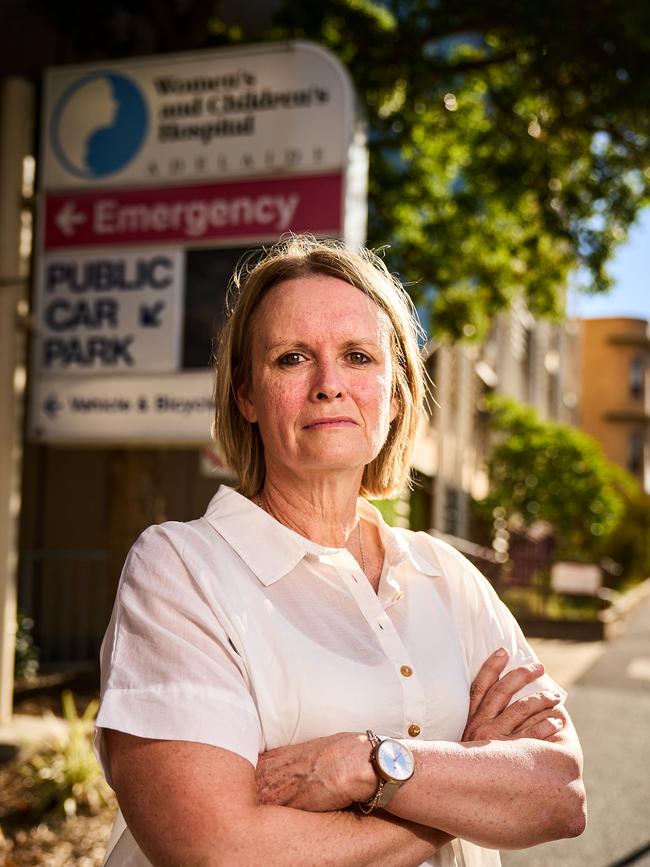SA Health’s updated plan to ‘fix’ ramping sparks clinicians’ alarm
A planned updated policy on ambulance transfers at EDs has alarmed clinicians who fear it will increase pressure to unload ambulance patients into already-clogged hospitals.
SA News
Don't miss out on the headlines from SA News. Followed categories will be added to My News.
A planned update on ambulance transfer policy has sparked fears from clinicians it will create corridors clogged with patients, instead of having them stuck in ambulances ramped in car parks.
SA Health’s planned new Ambulance Transport and Handover policy seen by The Advertiser states hospitals must take responsibility for patients on arrival.

Unlike the existing policy, the planned new policy states: “Patients must be triaged upon arrival to ED at which point the hospital assumes overall responsibility for patient care.”
The government says the new wording simply clarifies existing rules, after a review found widespread confusion as staff thought patients in ramped ambulances were not yet the ED’s responsibility.
But the opposition says it is a “trick” to reduce ramping figures that will compromise patient care.
Liberal health spokeswoman Ashton Hurn said: “Doctors are raising the alarm that Labor’s ‘dump and run’ policy is dangerous and will endanger the lives of South Australians.
“It places intolerable pressures on clinicians who are already at breaking point.
“This is not about patient care – it’s about Labor trying to trick the public into believing that the record ambulance ramping that they created is decreasing.
“South Australians voted for Labor to fix ramping, not to desperately and disgracefully try to cover up the truth.”
The public hospital doctors’ union says the change will put more pressure on EDs to accept patients, while the opposition says it will lead to a “dump and run” situation which shifts ramping from carparks to corridors.
Frontline clinicians said they fear the policy will add pressure to EDs, with one noting some patients may “prefer to be looked after by two paramedics in the back of a ramped ambulance than be stuck unattended in a corridor”.

The policy goes on to say: “The patient must be moved from the ambulance to an appropriate place in the hospital as soon as possible. This may include triage, assessment/treatment area or waiting room.”
Hospital staff will be told to check if a patient is “fit to sit” then be moved “to a cubicle, waiting room or holding bay until the allocated hospital clinician is available”.
SA Salaried Medical Officers Association chief industrial officer Bernadette Mulholland said the planned policy raises questions of legality and duty of care.
“We have a range of concerns about patient safety,” she said. “Clinicians will do what is in the best interests of their patient and provide care to those most in need.”
A government spokeswoman referred to the McNeil/Griggs review which found confusion about who has legal responsibility for patients.
“There appears to be a not uncommonly held view that patients who are on the ramp and have not yet come in through the hospital door, are somehow not the ED/hospital’s responsibility,” it stated.
Ambulances ramped for 3411 hours in December, down from the record 5539 hours in July but on an upward trend since October.
More Coverage
Originally published as SA Health’s updated plan to ‘fix’ ramping sparks clinicians’ alarm






